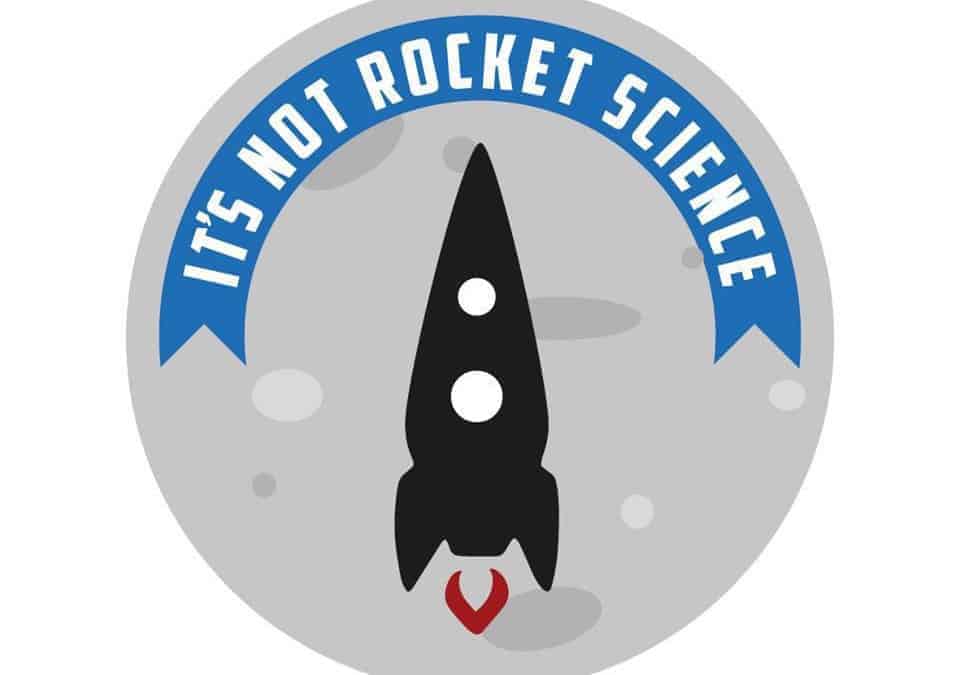Many students shudder at the thought of the ACT Science Test. Advanced physics, chemistry, and biology are rightly intimidating to them. Luckily for those in the know, the ACT Science Test is akin to the Great and Powerful Oz: we need only to pull back the curtain to reveal the decidedly un-terrifying reality behind the image. Let’s take a look, shall we?
Content isn’t tested!
This may seem improbable, but it’s true. You won’t need to know what stoichiometry is, nor will you be made to remember the details of the nitrogen cycle. What’s the atomic mass of cadmium? How do sound waves’ periods and amplitudes differ when the music of Led Zeppelin and Mozart is played? None of this is tested.
What is tested, however, is students’ ability to do three things: 1) Read charts, graphs, and summaries, 2) Draw inferences based on that reading, and 3) Manage time effectively. Below, I’ll comment on the two main types of reading that the test requires: charts, graphs, and tables; and text.
Reading charts and graphs
Part of why the Science Test can seem so frightening is the way it looks. The moment you lay eyes on it, you’re confronted with a bunch of complicated-looking graphs, charts, and tables. Students worry how on earth to process all of it. The key is not to panic. First, read a question, look where it asks you to look, find the information you need, think about what that information means as far as the question’s concerned, then answer the question. It’s that simple. I work backwards from the questions so I don’t spend too long staring blankly at the charts and graphs. If the question tells me to look at Experiment 2, that’s what I look at. By reading only what you need to read, you’re buying time.
Close-reading and comparing studies
It’s frequently said that the ACT Science Test is little more than a Reading Test with pictures, and I couldn’t agree more. However, with 40 questions to answer in only 35 minutes, it’s important to develop an accurate, efficient reading practice. I described mine above: read the question, consult the appropriate charts and graphs, and answer the question. The time I save by not obsessing over every piece of data is used to more closely read and analyze the comparative studies near the end of the Science Test. Here, there are no charts and graphs to consult. You simply read two short paragraphs and are asked to think critically about what you’ve read. The same strategies that work on the Reading Test work here: underline the main ideas, note similarities and differences (in hypothesis, method, and results), answer the question in your own words, and match your answer to the test’s answer.
However you budget your time, don’t forget to answer every question. There’s no guessing penalty on the ACT, so you’d be unwise not to do so!
* * *
For more tips and advice, don’t forget to subscribe to our mailing list! Got any questions for us? We’d love to hear them! And finally, click here to sign up for one-on-one tutoring!
